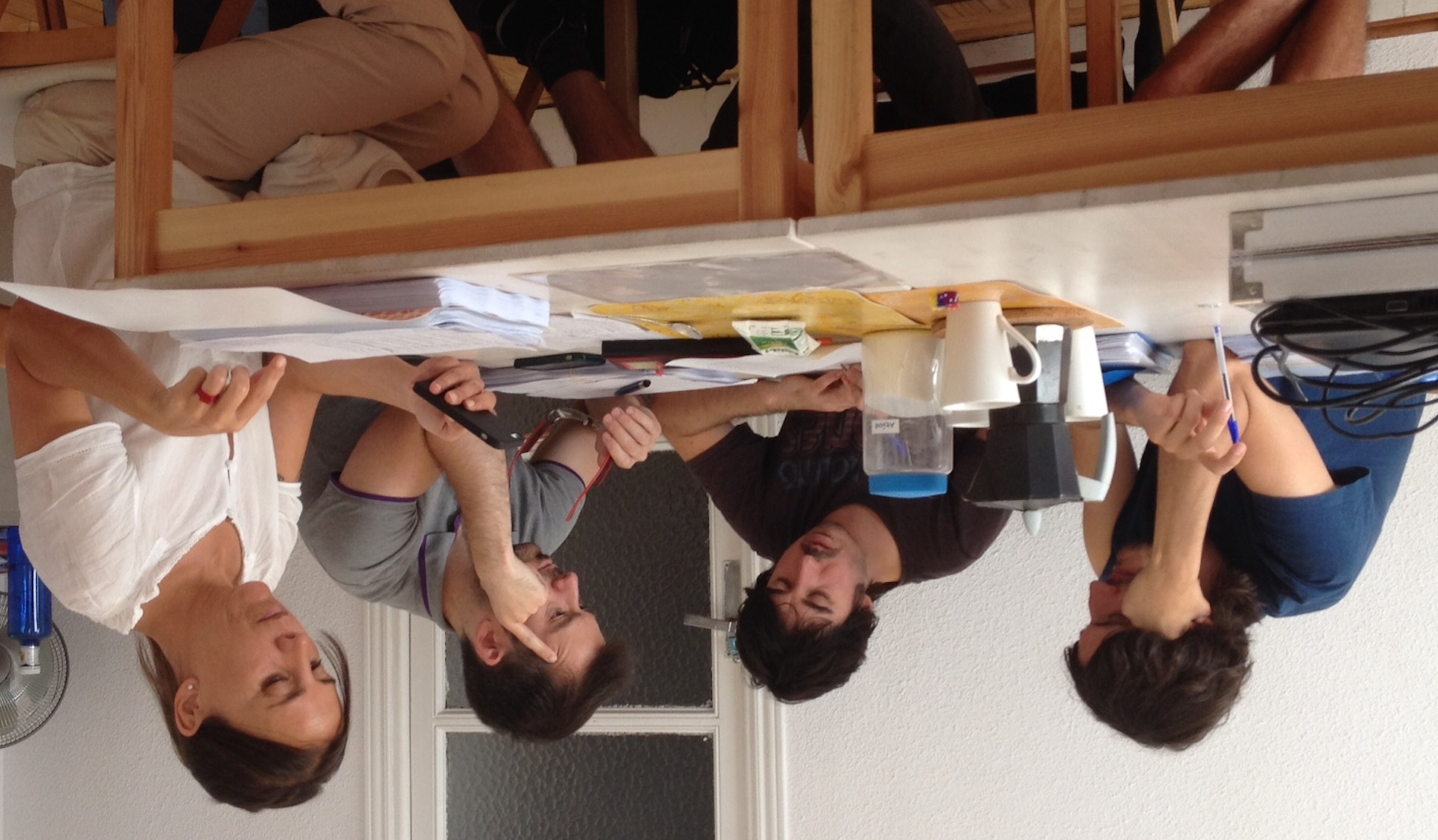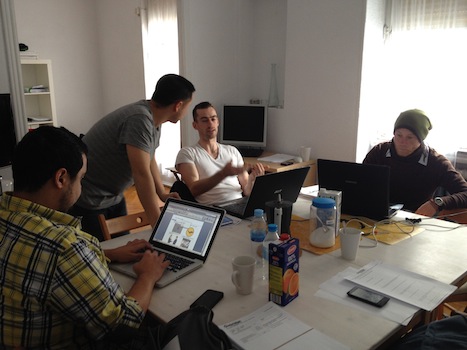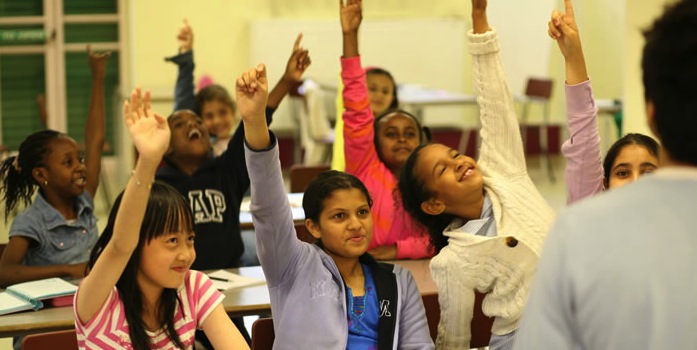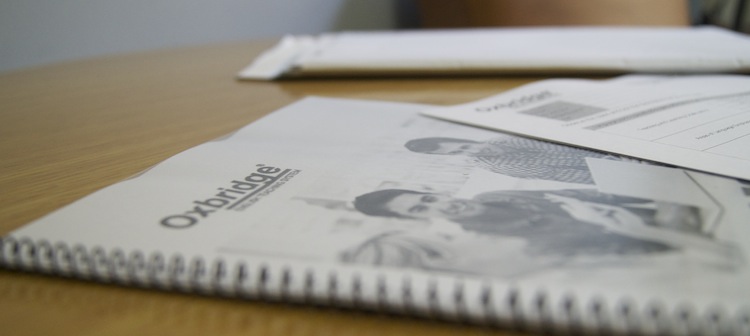What makes a good ESL teacher. Preparation
by Radmila Gurkova
What are the qualities that make a good ESL teacher? When asked at a job interview what makes a good ESL teachers, candidates often praise personal traits such as patience, creativity, knowledge, skills, empathy, experience… But what if you have just finished your TEFL course and are not that experienced yet. Does that mean y...







